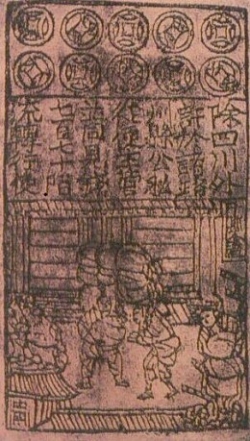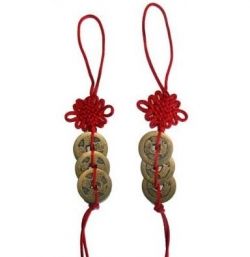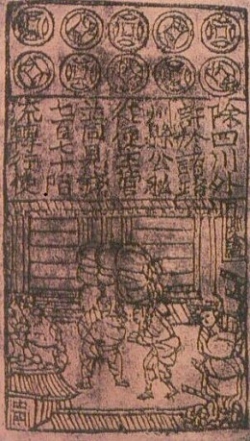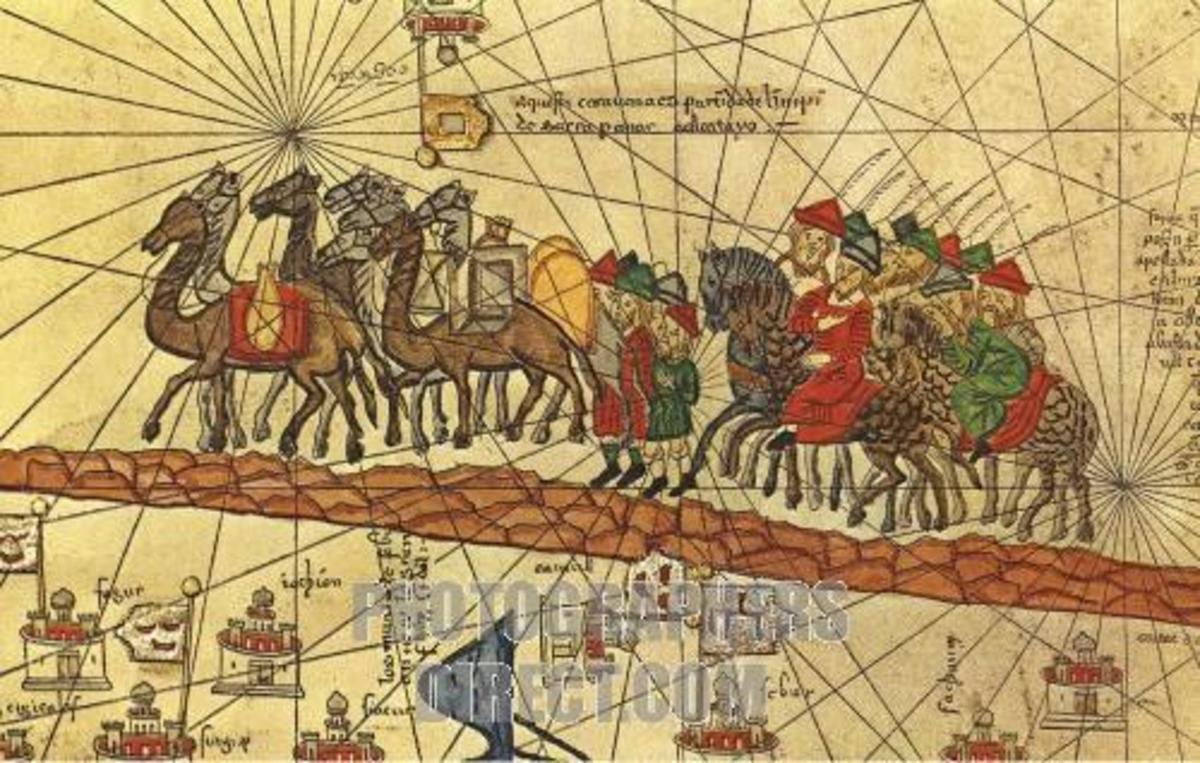History of Chinese Coins and Paper Money

In the beginning, people didnt buy goods with money but they used barter. When you barter, you exchange goods, services or work for other goods or services. Livestock was often used as a unit of exchange from 9,000 - 6,000 BC. Later, as agriculture began to develop, people used crops for barter. For example, you could ask another farmer to trade a pound of bananas for a pound of apples. Today individuals, governments and organizations still use, and sometimes, prefer barter as a form of exchange of services and goods.

Barter System
In the beginning, people didnt buy goods with money but they used barter. When you barter, you exchange goods, services or work for other goods or services. Livestock was often used as a unit of exchange from 9,000 - 6,000 BC. Later, as agriculture began to develop, people used crops for barter. For example, you could ask another farmer to trade a pound of bananas for a pound of apples. Today individuals, governments and organizations still use, and sometimes, prefer barter as a form of exchange of services and goods.

Cowrie as Money
About 1200 BC, people in China began to use cowrie shells as currency but it did not take away the bartering system. Copper and bronze cowrie imitations were manufactured at the end of the Stone Age, this could be considered as some of the earliest forms of metal coins. Tools made of metal such as knives and spades were also used as money. The knife coin is called the "Ming", named after the city where it was made. Sometimes a hole was also included for easy stringing.

Chinese Coins
From fifth to third centuries BC, Chinese coins were made in bronze to model after knives and spades. The Warring States period introduced round bronze coins. The coins in China at that time were made out of base metals which had rectangular holes in them so that people could put the coins together to make a chain. The currency was unified in 221 BC during the Qing Dynasty, and this round coin with a square hole at the center (also known as banliang in Chinese) became the official coin of the Chinese empire.
During the late imperial China, people used silver ingots or solid blocks. Silver played a minor role in currency before the imperial times. During the Tang dynasty silver as currency became more common. During the Qing and Ming dynasties, when imports from the New World increased, silver was more widely used as currency.

First Paper Money in the World
The first paper banknotes appeared in China. Spanning from the ninth through the fifteenth century, the country experienced more than 500 years of early paper money. Over this period, the production of paper notes grew to the point that their value greatly depreciated and inflation soared. In 1455, the use of paper money disappeared for several hundred years in China. This was still many years before paper currency would then reappear in Europe, and about 300 years before it was considered common.
Today, Chinese gold ingot and coins in Feng Shui are used as a symbol for prosperity and good luck.








